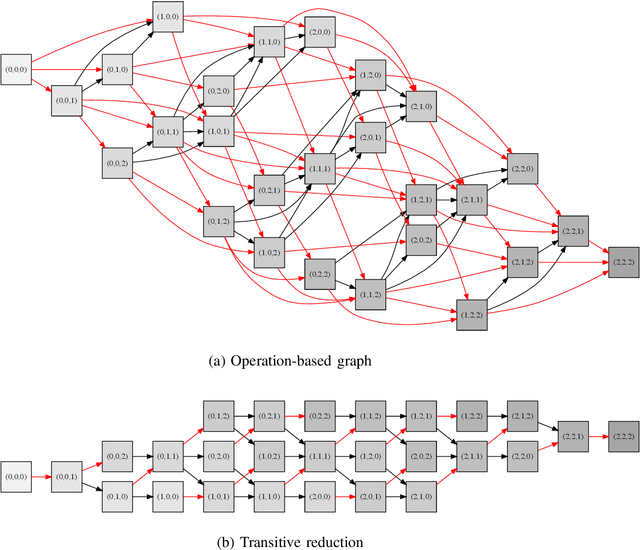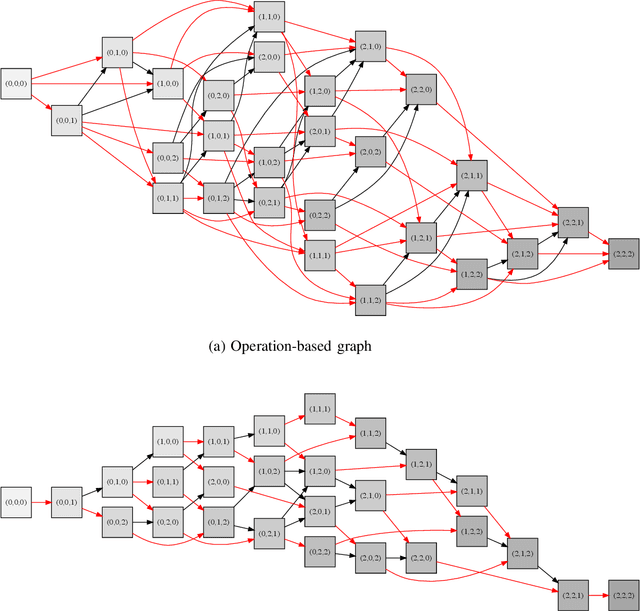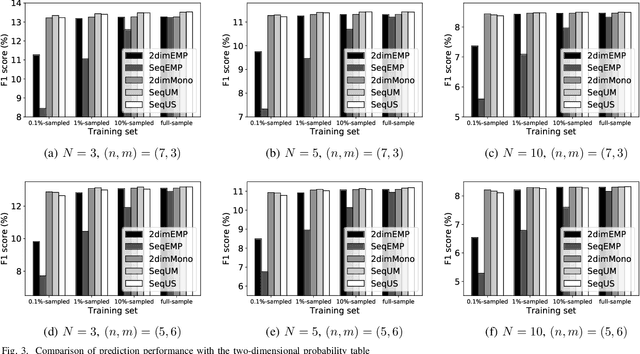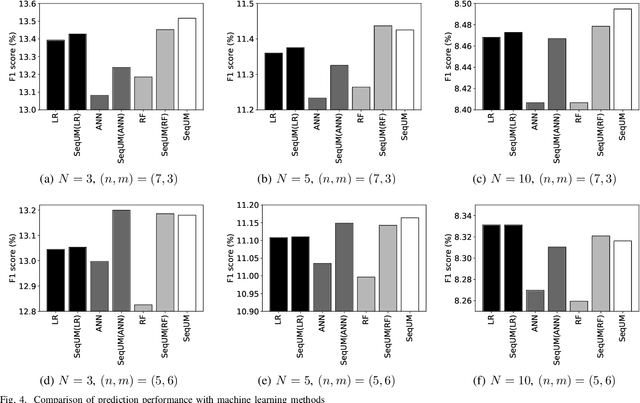Predicting Online Item-choice Behavior: A Shape-restricted Regression Perspective
Paper and Code
May 24, 2020



This paper examines the relationship between user pageview (PV) histories and their item-choice behavior on an e-commerce website. We focus on PV sequences, which represent time series of the number of PVs for each user--item pair. We propose a shape-restricted optimization model that accurately estimates item-choice probabilities for all possible PV sequences. This model imposes monotonicity constraints on item-choice probabilities by exploiting partial orders for PV sequences, according to the recency and frequency of a user's previous PVs. To improve the computational efficiency of our optimization model, we devise efficient algorithms for eliminating all redundant constraints according to the transitivity of the partial orders. Experimental results using real-world clickstream data demonstrate that our method achieves higher prediction performance than that of a state-of-the-art optimization model and common machine learning methods.
 Add to Chrome
Add to Chrome Add to Firefox
Add to Firefox Add to Edge
Add to Edge